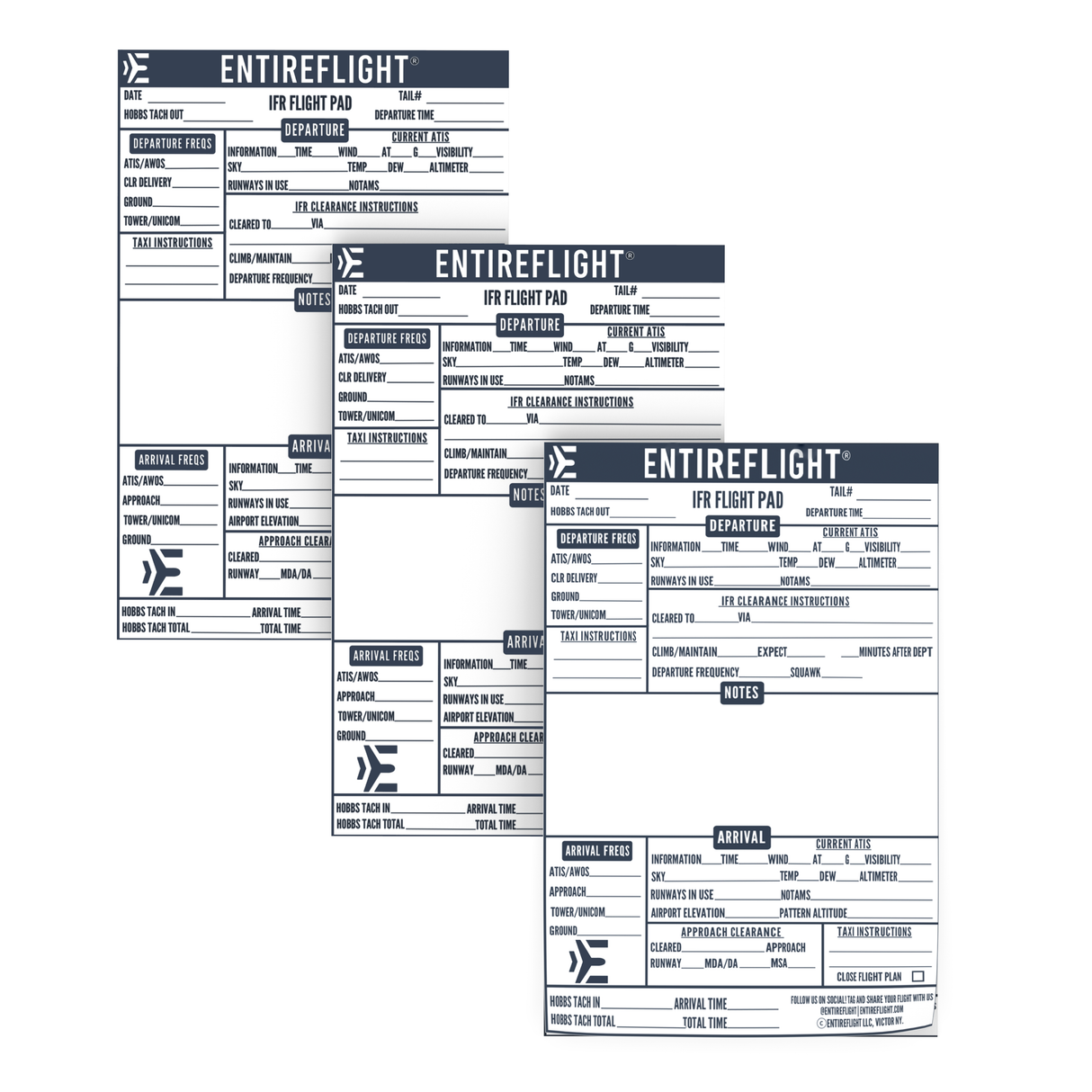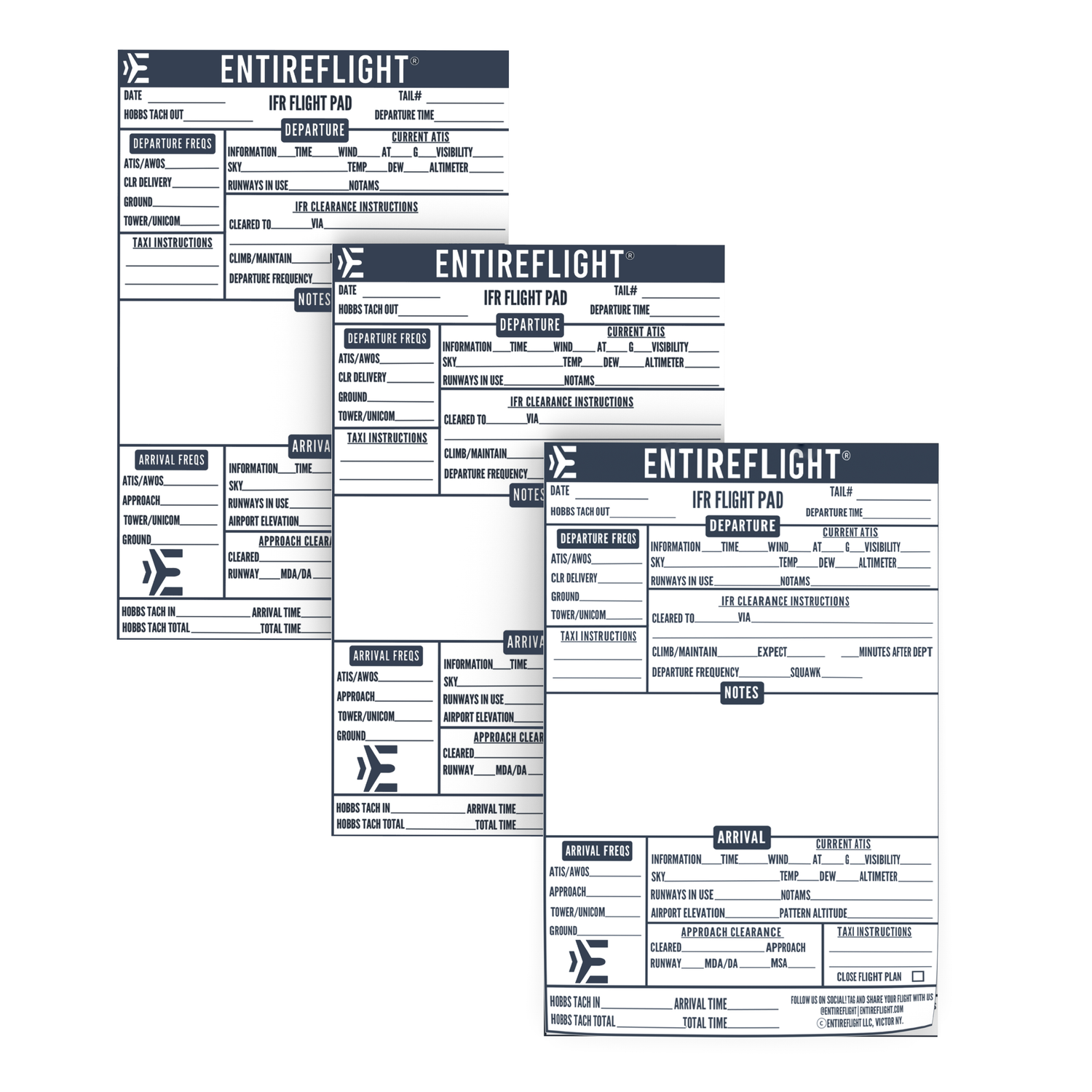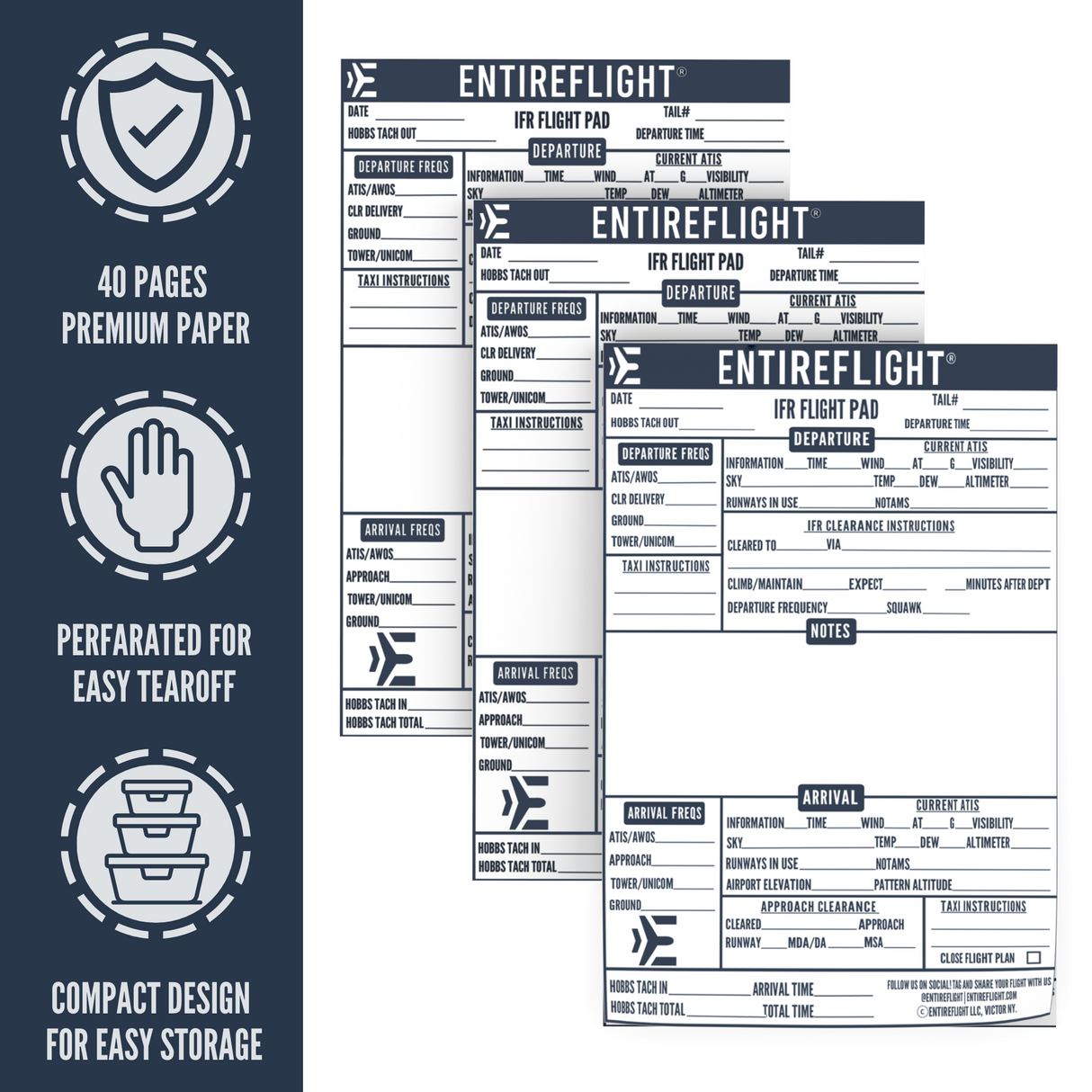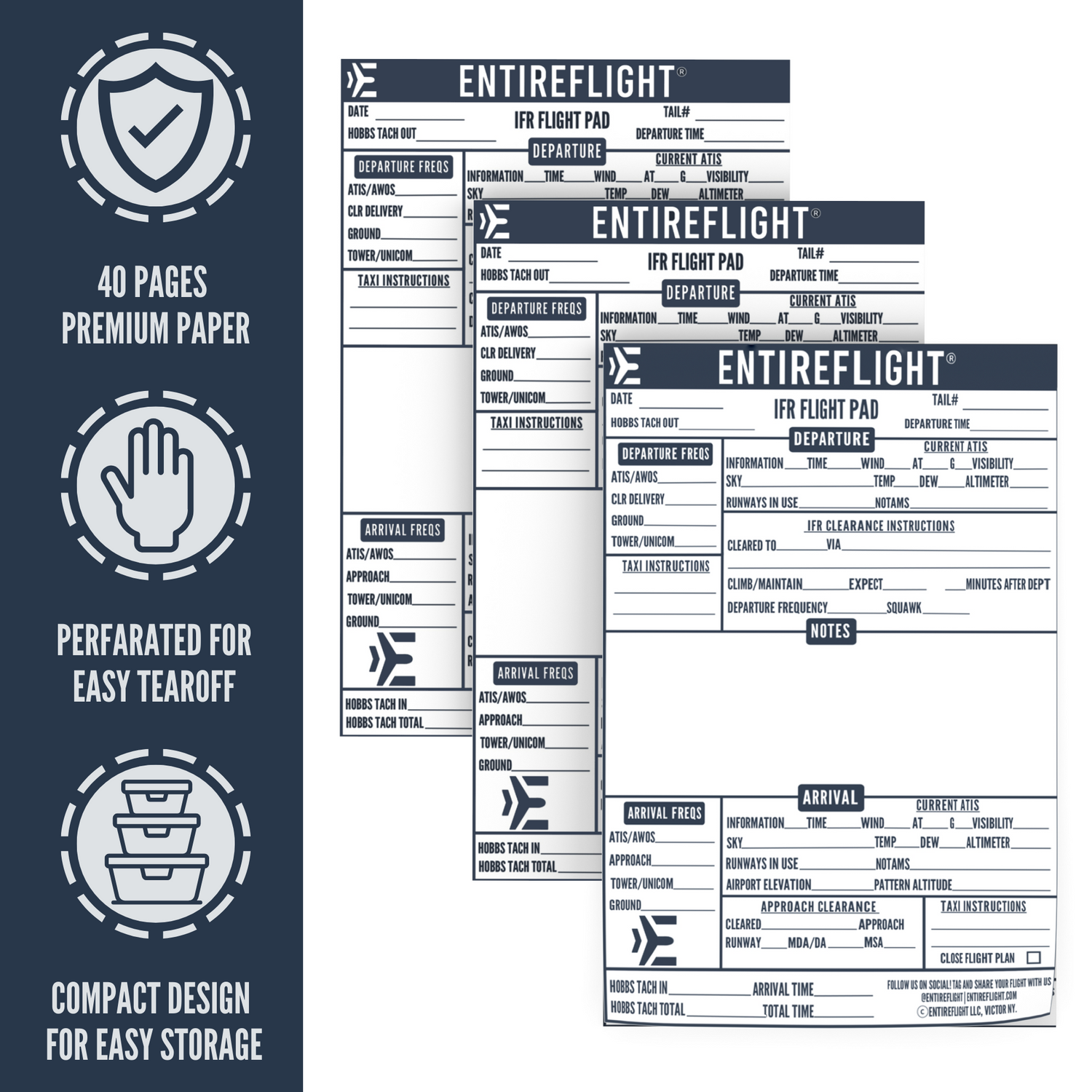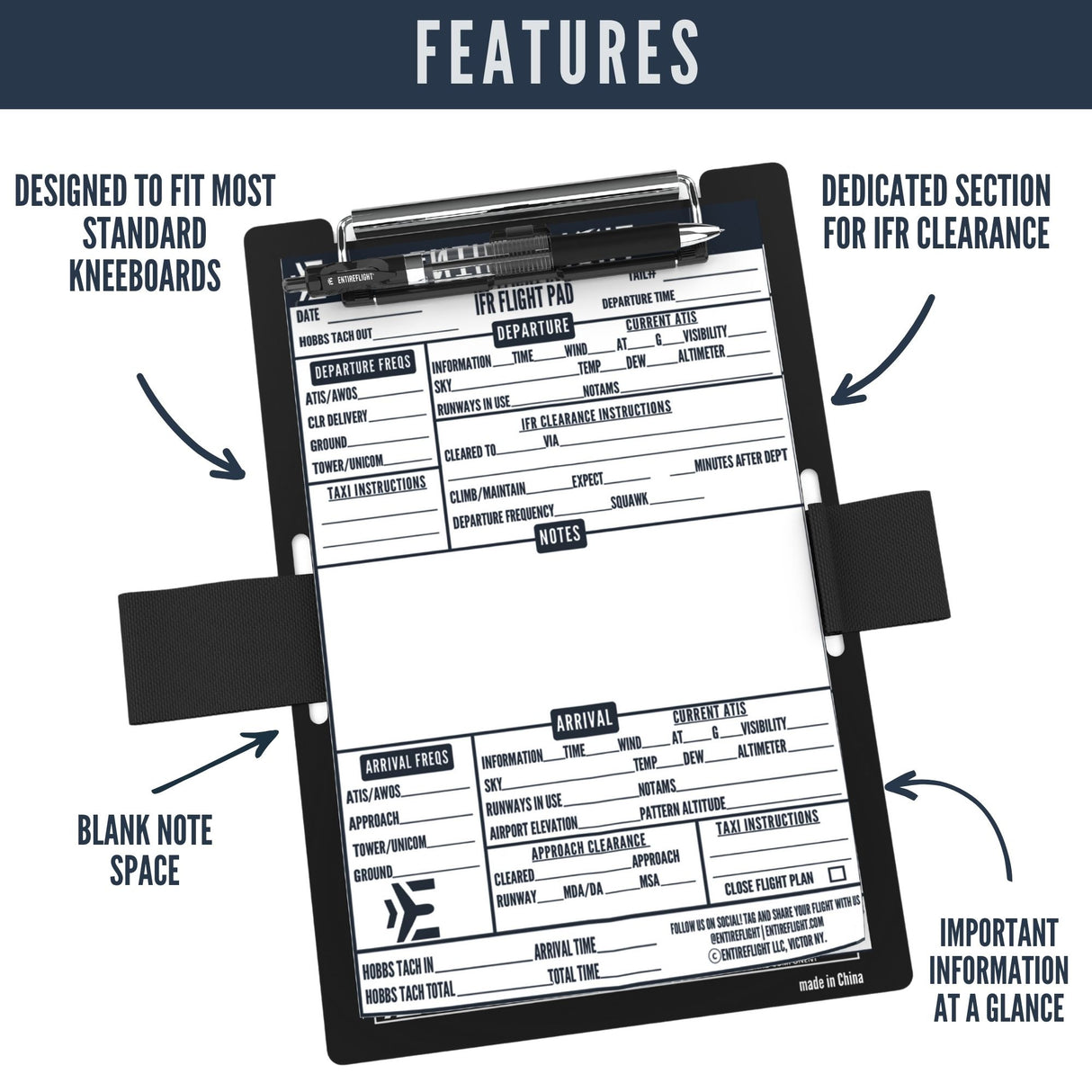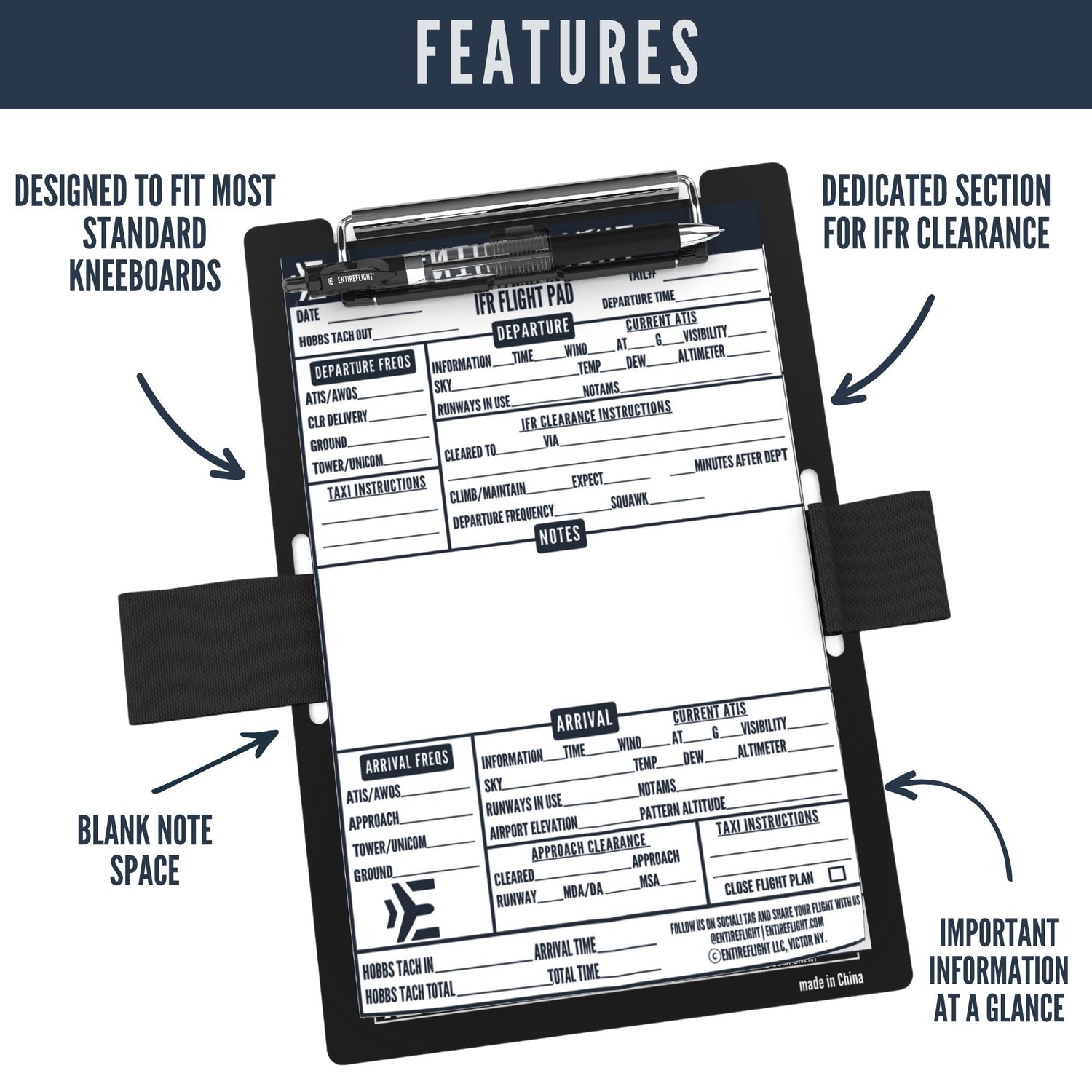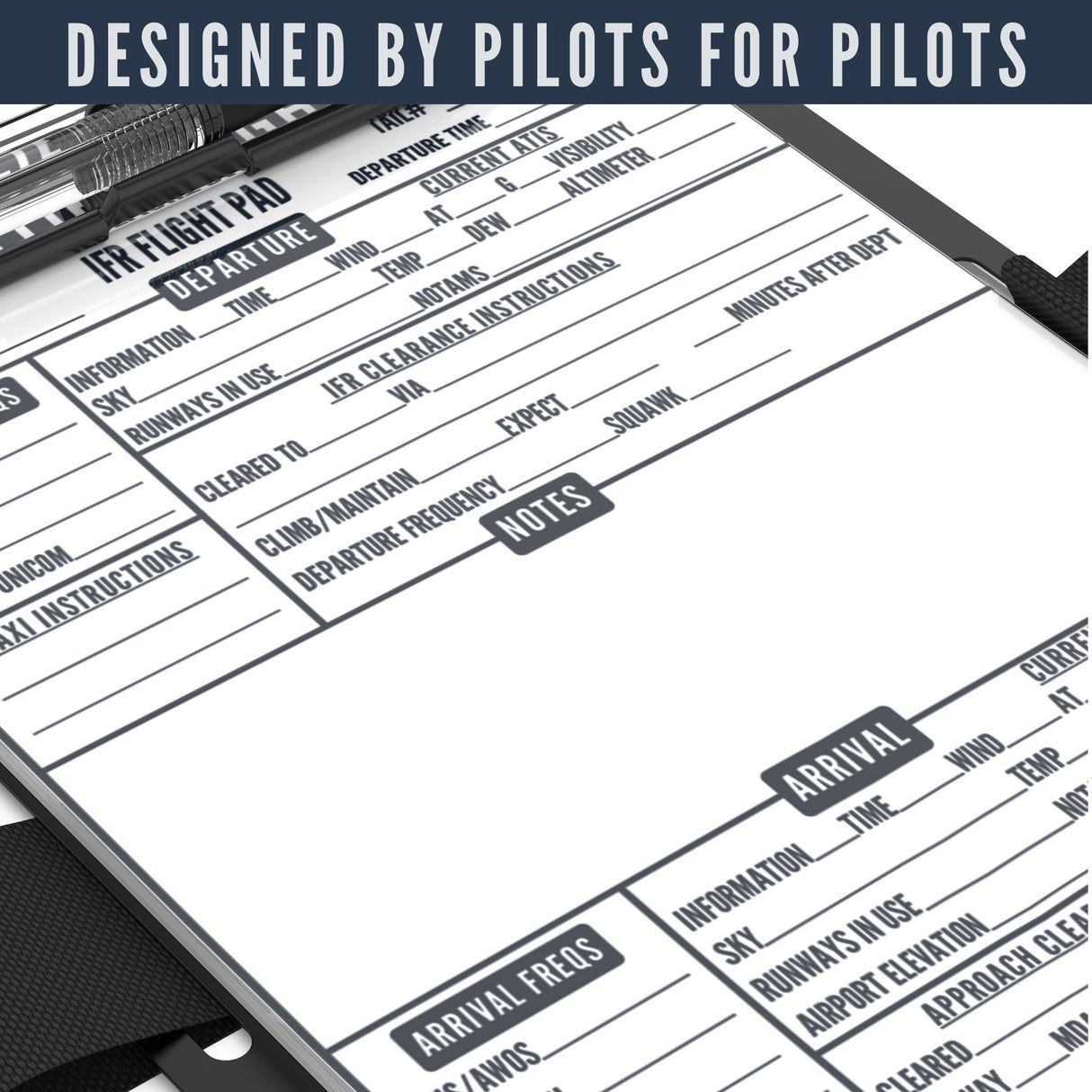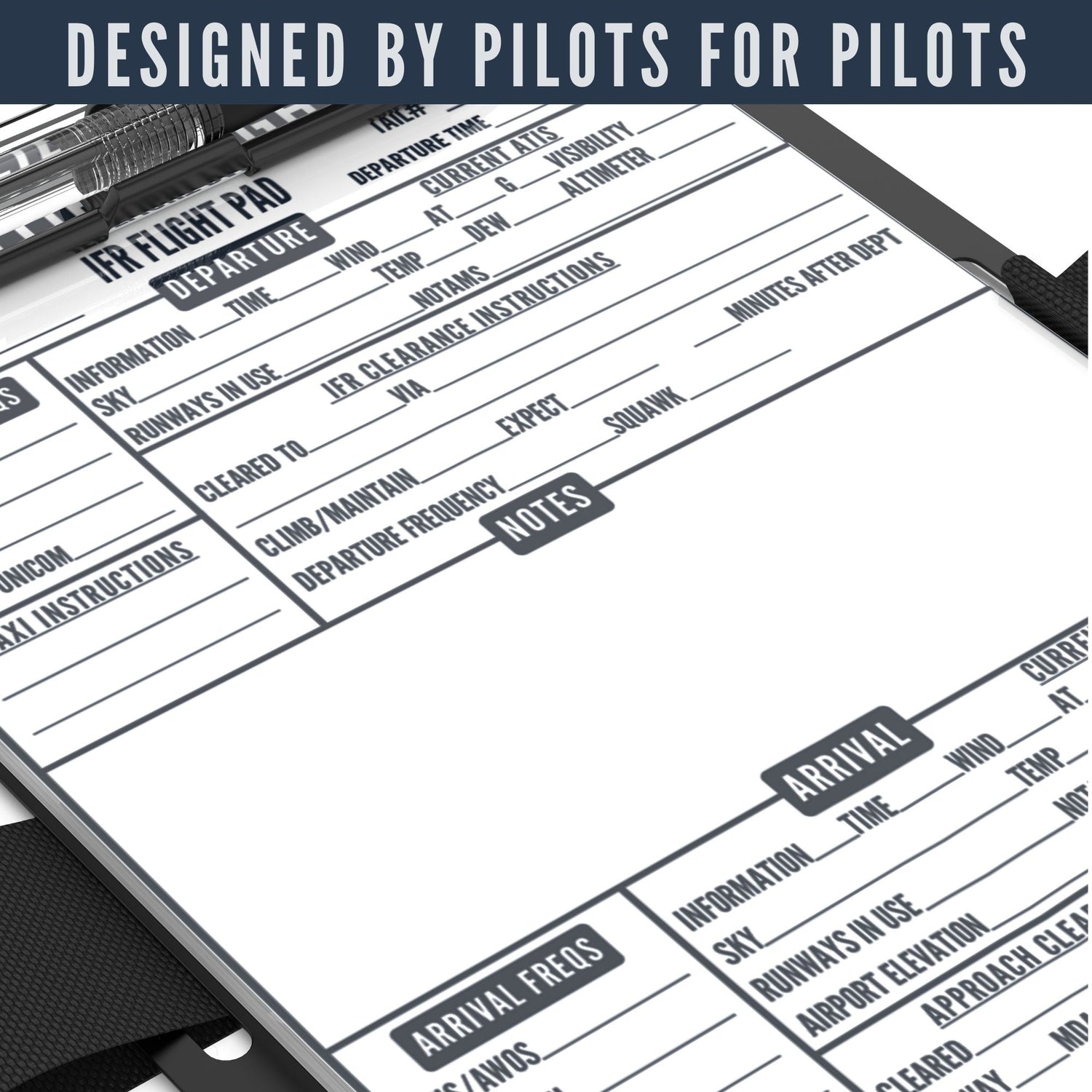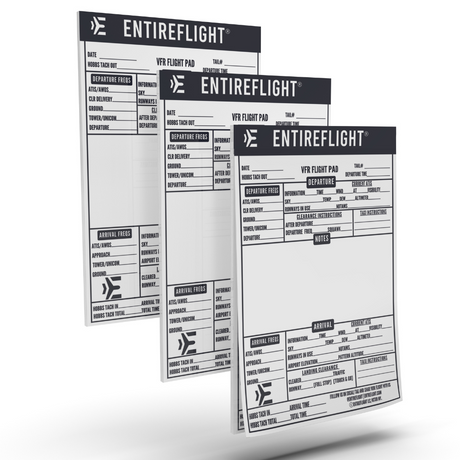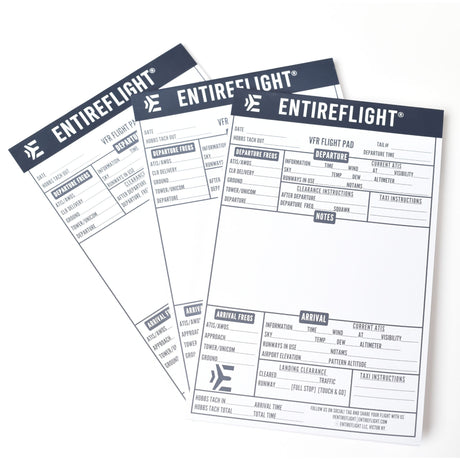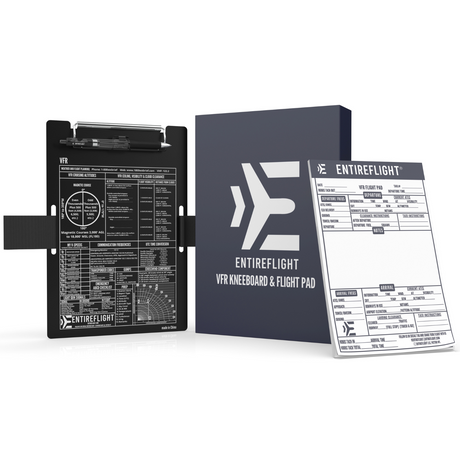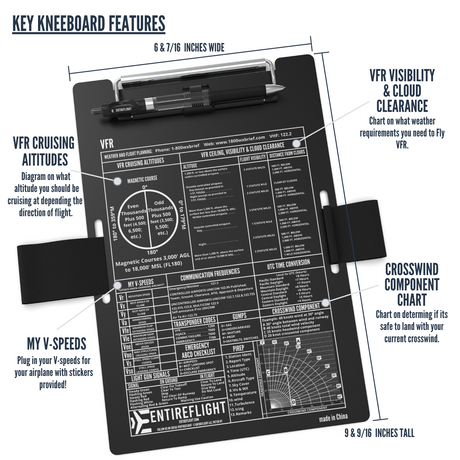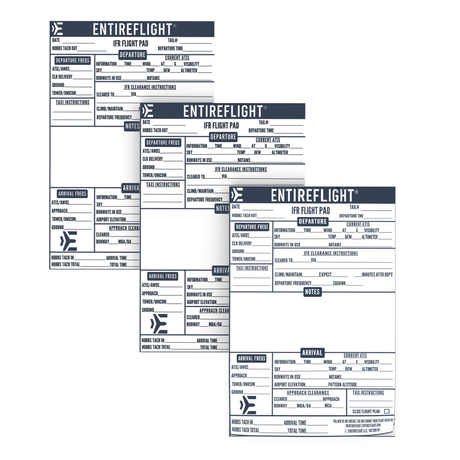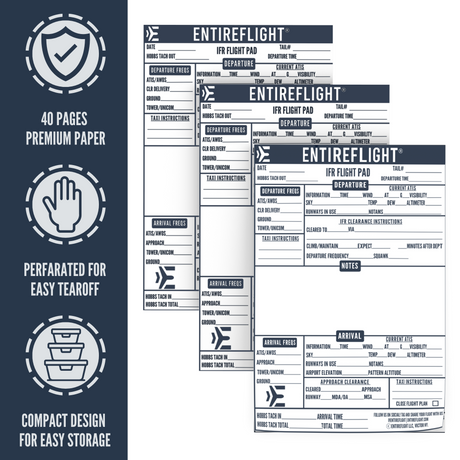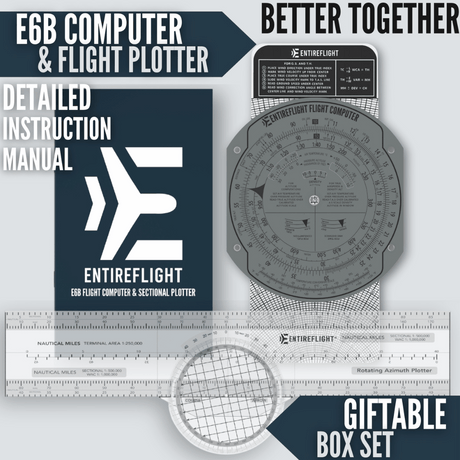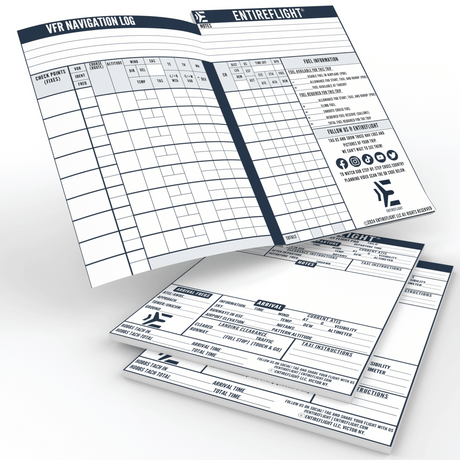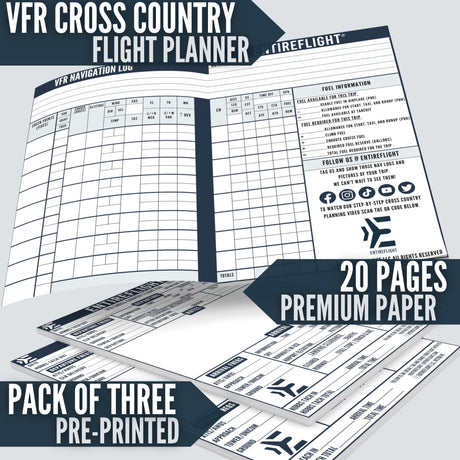Class C Airspace Guidelines: What Pilots Must Know About Class C Airspace
The vast, open skies may seem like an endless playground for pilots, but they are, in reality, a meticulously organized and regulated space. Understanding the different classifications of airspace is crucial for any pilot, and in this beginner's guide, we turn our focus towards one of the more common categories you'll encounter: Class C Airspace.
Class C Airspace, often found around busy airports, can be daunting for new pilots. With its layers of regulations, radio communication requirements, and other operational procedures, it's like navigating a complex dance in the sky. But, fear not. With the right knowledge and preparation, you can confidently fly through Class C Airspace, adhering to all the rules and enjoying a safe, smooth flight.
In this blog post, we'll break down everything you need to know about Class C Airspace. From its defining characteristics and regulations, to communication protocols and real scenario examples, we'll provide you with a comprehensive understanding of this critical airspace category. Whether you're a student pilot preparing for your next flight, or simply an aviation enthusiast keen to broaden your knowledge, this guide will serve as an invaluable resource.
So, fasten your seatbelts and prepare for takeoff as we embark on this educational journey, providing you with a clear and concise understanding of the complexities of Class C Airspace. Here's to safe, informed, and empowered flying!
Key Takeaways
- To enter Class C airspace, pilots must have a Mode C transponder and establish two - way radio communication with air traffic control.
- Class C airspace has specific weather requirements, including visibility, cloud clearance, and ceiling, to ensure safe flying conditions.
- Pilots should be familiar with Class C airspace radio procedures, including initial contact, clearance, traffic advisories, and requesting changes.
- Class C airspace dimensions vary with each airport, typically following an inverted wedding cake shape, with different rings at increasing distances.
- Speed restrictions may apply in Class C airspace, and pilots should be aware of any published restrictions in the relevant aeronautical publications or NOTAMs.
What is Class C Airspace?
Class C airspace is a type of airspace classification defined by the International Civil Aviation Organization (ICAO). It typically surrounds major airports where there is a moderate level of air traffic.
Within Class C airspace, air traffic control provides services for arriving and departing IFR (Instrument Flight Rules) and VFR (Visual Flight Rules) aircraft. The purpose of Class C airspace is to separate inbound and outbound traffic from other nearby airports and to enhance safety by providing controlled airspace for aircraft operations.
To enter Class C airspace, pilots are required to establish two-way communication with air traffic control and obtain authorization before entering the area. Additionally, certain equipment and qualifications may be necessary for pilots to enter Class C airspace, such as a transponder and a specific altitude-reporting function. Understanding the rules and requirements of Class C airspace is essential for pilots to operate safely and efficiently within these designated areas.
Class C Airspace Operational Requirements
To enter Class C airspace, you need to meet certain requirements and follow specific regulations. Here's what you need to know:
- Obtain a Mode C transponder: You must have a working Mode C transponder installed in your aircraft to enter Class C airspace. This transponder helps air traffic control (ATC) track your altitude.
- Two-way radio communication: Before entering Class C airspace, establish two-way radio communication with the ATC facility responsible for that airspace. This means you need to contact them and receive acknowledgment.
- Clearance from ATC: In addition to establishing two-way radio communication, you must also obtain clearance from ATC before entering Class C airspace. This clearance will specify your routing and any altitude restrictions.
- Pilot qualifications: To enter Class C airspace, you must hold at least a private pilot certificate or be under the direct supervision of someone who holds a private pilot certificate.
Weather Minimums
Class C airspace has specific weather requirements that pilots must adhere to ensure safe flying conditions. Here are the key weather requirements for Class C airspace:
- Visibility: Pilots must maintain a minimum visibility of 3 miles during the day and 5 miles at night.
- Cloud Clearance: Pilots must stay clear of clouds by maintaining a minimum distance of 500 feet below, 1,000 feet above, and 2,000 feet horizontally from any cloud.
- Ceiling: The cloud ceiling in Class C airspace must be at least 1,000 feet above the highest obstacle within a horizontal radius of 2 nautical miles.
- Special Weather Minimums: In certain situations where the control tower does not have approved instrument approach procedures or radar surveillance, additional weather minimums may apply.
Radio Procedures
Class C airspace radio procedures are essential for maintaining safe and efficient communication between pilots and air traffic controllers. Here is a list of common radio procedures used in Class C airspace:
- Initial Contact: When approaching the Class C airspace boundary, pilots should make an initial radio contact with the appropriate air traffic control facility, stating their aircraft call sign, current position, altitude, and their request (e.g., inbound, outbound, request for landing, or transition through the airspace).
- Clearance: Pilots must obtain clearance from air traffic control before entering Class C airspace. This clearance will include the assigned heading or altitude, and any other specific instructions necessary for safe navigation within the airspace.
- Establishing Communications: Once inside Class C airspace, pilots should continuously monitor the assigned frequency and respond promptly to air traffic control instructions or requests for updates on their position and intentions.
- Traffic Advisories: Pilots should promptly inform air traffic control of any observed conflicting traffic within Class C airspace, helping controllers maintain separation between aircraft.
- Requesting Changes: If a pilot needs to change altitude, heading, or request a specific action, such as circling or holding, they should communicate this request to air traffic control and await approval before proceeding.
- Exiting the Airspace: When leaving Class C airspace, pilots should inform air traffic control of their intentions and receive clearance to transition to another airspace or leave the controlled airspace.
- Weather Updates: Air traffic controllers may provide weather information relevant to the pilot's flight path, especially if there are potential hazards or changing conditions within the Class C airspace.
- VFR Traffic Advisories: Air traffic control may offer VFR traffic advisories to help pilots identify and avoid other VFR aircraft in the vicinity of the Class C airspace.
- Emergency Communication: In the event of an emergency, pilots should communicate their situation clearly and succinctly to air traffic control, who will provide appropriate assistance and guidance.
Speed Restrictions
The specific speed restrictions in Class C airspace can vary depending on the airport and its operational requirements. There are no standard speed restrictions across all Class C airspace areas. Instead, speed restrictions, if any, are typically published in the respective airport's standard operating procedures, NOTAMs (Notice to Airmen), or in relevant aeronautical publications like the Aeronautical Information Manual (AIM) and the airport's Chart Supplement.
Some common reasons for speed restrictions in Class C airspace include:
- Arrival Sequencing: Speed restrictions may be imposed to help air traffic controllers sequence arriving aircraft efficiently, especially during busy periods.
- Noise Abatement: Certain airports may have noise abatement procedures that include speed restrictions to reduce noise impact on nearby communities.
- Wake Turbulence Separation: Speed restrictions might be used to maintain sufficient separation between aircraft, particularly in the case of larger, heavy aircraft generating wake turbulence.
It is essential for pilots to review all available information for the specific Class C airspace they are operating in and to comply with any published speed restrictions to ensure safe and orderly operations within the controlled airspace.
Airspace Dimensions
Class C airspace dimensions can vary depending on the specific airport and its air traffic requirements.
Typically, Class C airspace is designed as an inverted wedding cake shape, with the base starting at the surface and extending upward to a specific altitude. The vertical dimensions of Class C airspace can vary, but the upper limit typically extends up to 4,000 or 5,000 feet above the airport elevation.
As the airspace expands outward from the airport, different rings are formed at increasing distances, creating different levels of control and communication requirements for aircraft operating within each ring. These dimensions are carefully established by aviation authorities to ensure the safe and efficient flow of air traffic in and around busy terminal areas, striking a balance between accommodating arriving and departing traffic and providing appropriate separation between aircraft.
Airports Around The World: Class C Airspace Designations
Airports around the world with Class C airspace designation play a vital role in managing air traffic in busy terminal areas. Let's take a glimpse at some notable airports that fall under this airspace classification:
- Hartsfield-Jackson Atlanta International Airport (ATL), USA: ATL is the busiest airport in the world and boasts a vast Class C airspace. With its complex airspace design, it caters to a massive volume of domestic and international flights daily.
- London Heathrow Airport (LHR), UK: As one of the busiest airports in Europe, LHR operates in a Class C airspace. The airspace surrounding Heathrow is carefully managed due to its proximity to several other major airports in the London area.
- Sydney Kingsford Smith Airport (SYD), Australia: SYD operates within Class C airspace, handling a significant number of flights to and from various international destinations in the Asia-Pacific region.
- Frankfurt am Main Airport (FRA), Germany: FRA, a major European hub, operates in Class C airspace. Its airspace management is meticulously organized to accommodate a high density of traffic.
- Dubai International Airport (DXB), UAE: DXB, a key aviation hub in the Middle East, operates within Class C airspace and serves as a major connecting point for flights between Europe, Asia, and Africa.
- Beijing Capital International Airport (PEK), China: PEK, one of the busiest airports in the world, operates in a Class C airspace. It handles a substantial volume of domestic and international flights, serving as a crucial gateway to China.
These airports represent just a few examples of the many around the world operating within Class C airspace. Their significance in air travel underscores the importance of efficient and safe management of airspace to handle the ever-increasing demands of global aviation.
Enter Class C Airspace with Confidence
Remember that Class C airspace, while more complex than Class D or Class E, is well within your grasp as a beginner pilot. As you continue to gain experience and refine your flying skills, embracing the communication protocols, speed restrictions, and procedures unique to Class C airspace will become second nature.
Always prioritize safety, stay vigilant, and never hesitate to seek guidance from air traffic controllers or more experienced aviators. With this newfound understanding, Class C airspace will no longer seem like an obstacle, but rather an exciting challenge to conquer.
So, spread your wings and soar through the skies with the knowledge and enthusiasm that come from being a well-prepared pilot. Happy flying!
FAQs
Q: What is class C airspace?
A: Class C airspace is a designated airspace around certain airports with moderate to high traffic volumes. It is controlled airspace that requires specific requirements for entry and operation.
Q: What is an airport within class C airspace?
A: An airport within class C airspace refers to the primary airport for which the airspace is designated. This airport is usually busy with a high volume of air traffic and has an approach control facility.
Q: What are the basic requirements to enter class C airspace?
A: Before entering class C airspace, you need to establish two-way radio communication with the appropriate air traffic control (ATC) facility and obtain a clearance to enter the airspace. Additionally, your aircraft must be equipped with a Mode C transponder.
Q: How do I establish two-way radio communication?
A: To establish two-way radio communication, you need to contact the appropriate ATC facility using the designated frequency for that airspace. You should follow the proper radio communication procedures and clearly state your intentions.
Q: Can I enter class C airspace without a clearance?
A: No, you cannot enter class C airspace without obtaining a clearance from ATC. The clearance is necessary to ensure safe coordination and separation of air traffic within the airspace.
Q: Do I need to be on a specific altitude to enter class C airspace?
A: Prior to entering class C airspace, you should be at or above the altitude specified by the ATC facility. This altitude will be provided as part of the clearance and may vary depending on the location and traffic situation.
Q: What is the difference between class C and class B airspace?
A: Class C airspace is usually smaller in size and has lower traffic volumes compared to class B airspace. The requirements for entry and operation within class C airspace are also generally less restrictive than in class B airspace.
Q: Can I operate within class C airspace as a visual flight rules (VFR) pilot?
A: Yes, VFR pilots are allowed to operate within class C airspace. However, they must comply with the requirements for entry and operation, including establishing two-way radio communication and obtaining ATC clearance.
Q: What if I want to depart from a class C airport?
A: If you want to depart from a class C airport, you need to follow the specific departure procedures and communicate with ATC for necessary clearances. It is important to adhere to the instructions provided by ATC

